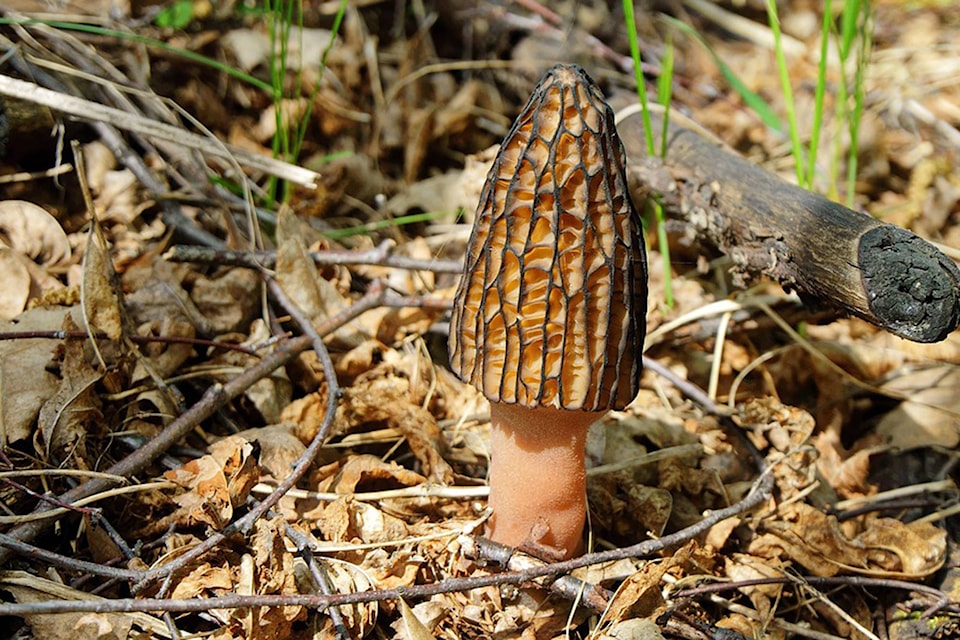By James Murray
Contributor
Have you ever watched one those television reality shows where a group of participants, sometimes ‘all alone’ and on their own, other times as part of a team, have to ‘survive’ out in the wilderness for a given period of time?
You get to watch close-up as they fight against the elements, and sometimes each other, eating only what food they can harvest from those surroundings. On these so-called ‘reality’ shows they have to draw from individual knowledge and internal strengths in order to be the last person standing.
Did I mention participants put themselves through this ordeal in order to win a cash prize. All the while a production crew are watching each move they make. I’m pretty sure if anything were to go drastically wrong, someone from the production or camera crew would probably intervene. But you never know. After all, it is reality.
What I do know from doing a bit of research is that leaves, flowers, seeds, nuts and the stems of many plants are edible, not to mention tubers and certain fungi. Some can be eaten raw while others are best boiled or roasted. Some can be used in soups or made into tea, while others are used in a variety of homeopathic cures and medicines. Even processed foods were once natural – at least in part.
Also, in the process of reading about wild foods, natural medicines and other edible products derived from nature, I discovered some pretty interesting facts.
Did you know the young shoots of the spruce tree are high in vitamin C, or that Captain Cook had a sugar-based spruce beer made onboard during his sea voyages to prevent scurvy among the crew? Or that certain wild plants such as the jack-in-the-pulpit, more commonly known as the Indian turnip, have high concentrations of oxalate compounds, also known as oxalic acid, that will produce a sharp burning sensation in your mouth and throat and can damage the kidneys? The same plant can be safely eaten after simply baking, roasting or drying, which destroys the oxalate crystals. Or, that willow bark, which provides salicylic acid from which aspirin was originally synthesized, was used as a pain reliever by the ancient Greeks some 2,500 years ago?
Read more: Sicamous Fungi Fest will go forward with COVID-19 precautions
Read more: Get ready to run, ride and swim for White Lake Triathlon
There are more than 70,000 kinds of mushrooms; however, only a fraction – about 250 – are edible. The rest can cause illness or even death. The Death Cap is considered the number one cause of illness and death when it comes to mushroom-related poisonings in North America. And, despite its attractive appearance, the Destroying Angel is the name of yet another mushroom that can kill you. This is why it’s so important to know exactly what you’re looking for when you go mushroom hunting in the woods.
Although many of us buy them at the grocery store and willingly eat them, the common white mushroom is actually a fungi, and in more instances than not, fungi are something best left alone. When your feet become itchy, it could be from Athlete’s Foot, caused by – you guessed it – a fungus. Fungi and the spores from fungi can be nasty little things. In some cases they can even be deadly.
While I’ve never eaten the seeds from a pine cone or really gotten into the whole foraging for and eating of wild plants and fungi, I have begun to appreciate a more natural diet. I just figure there’s less chance of Escherichia coli, better known as E. coli bacteria, from fish that I catch in the lake or plants that I grow in my own garden.
As for meat, while I personally cut down a long time ago, the harvesting and eating of wild game has certainly become a lot more popular. Less chance of growth hormones and genetically modified organisms (GMOs) I guess.
I wonder what the seeds from a pine cone actually taste like?
Sign up for our newsletter to get Salmon Arm stories in your inbox every morning.
